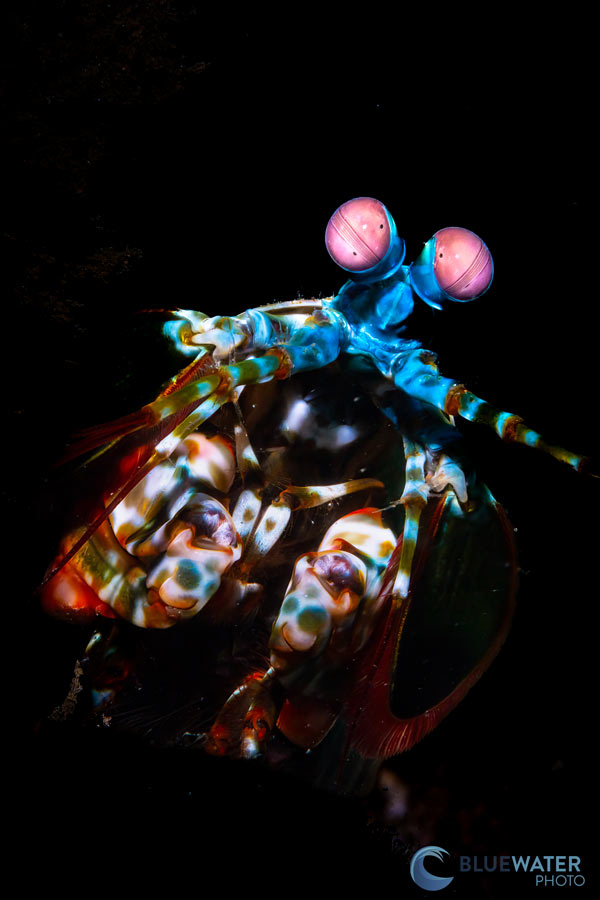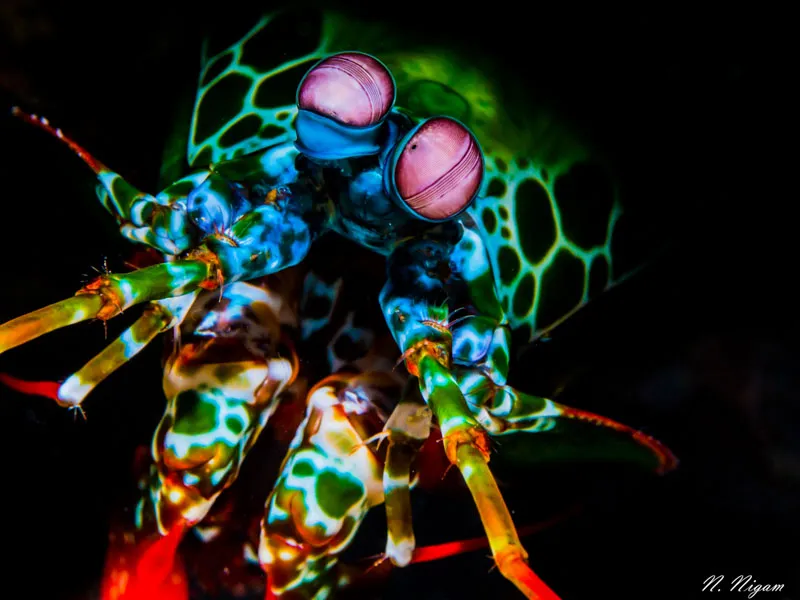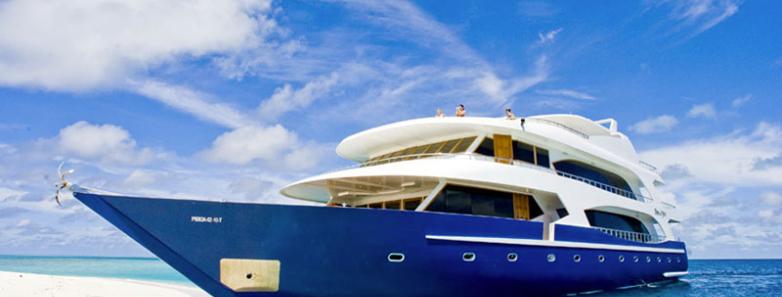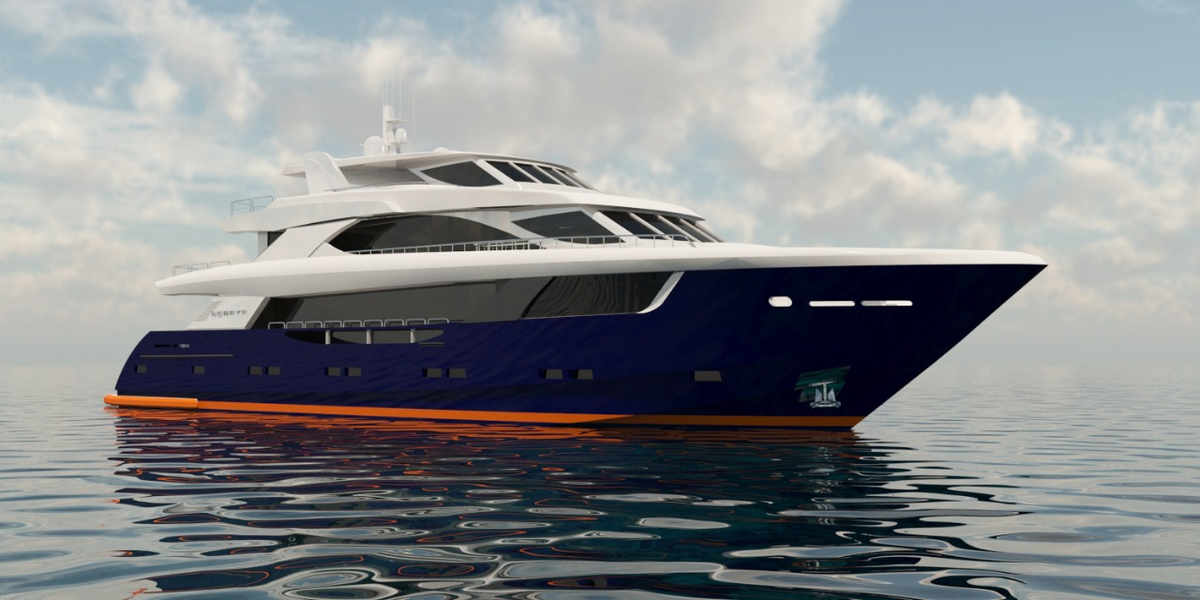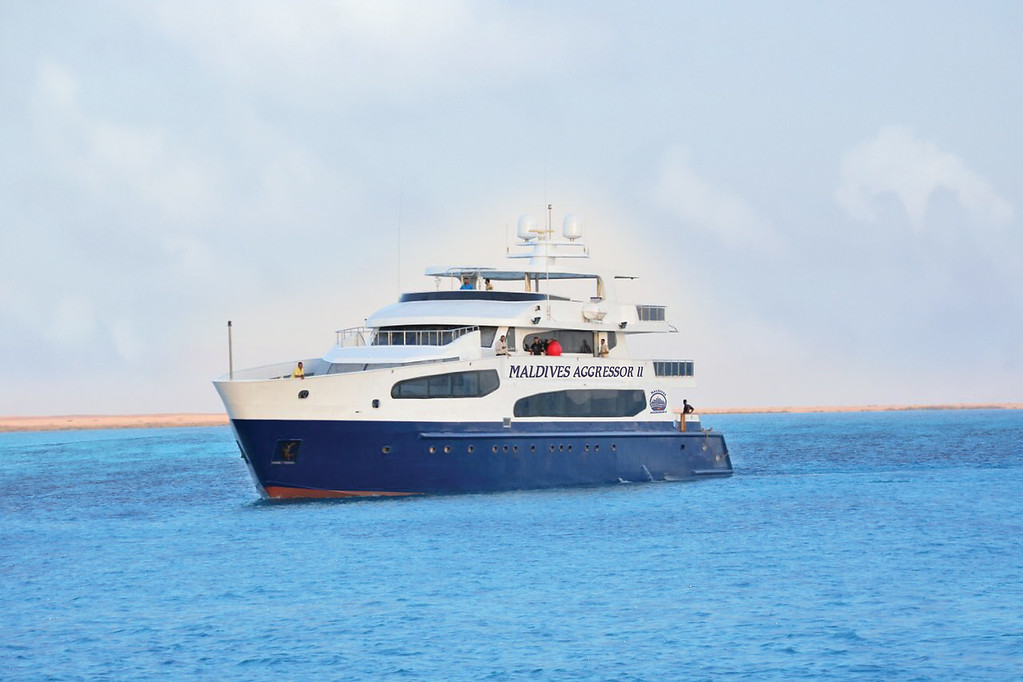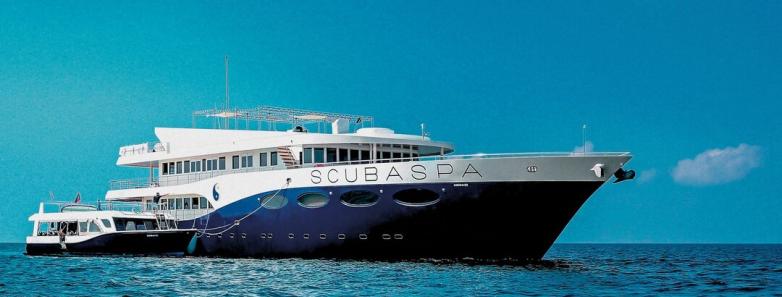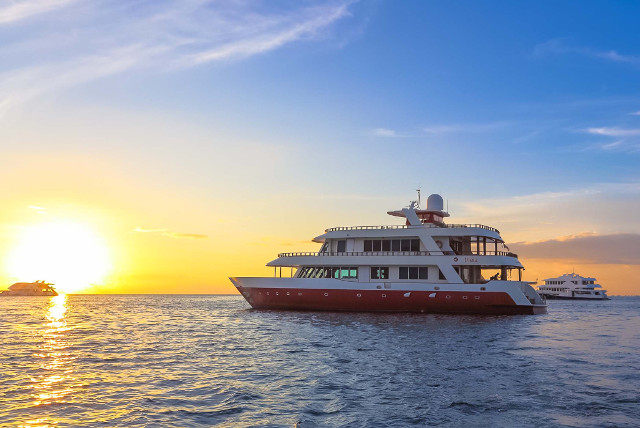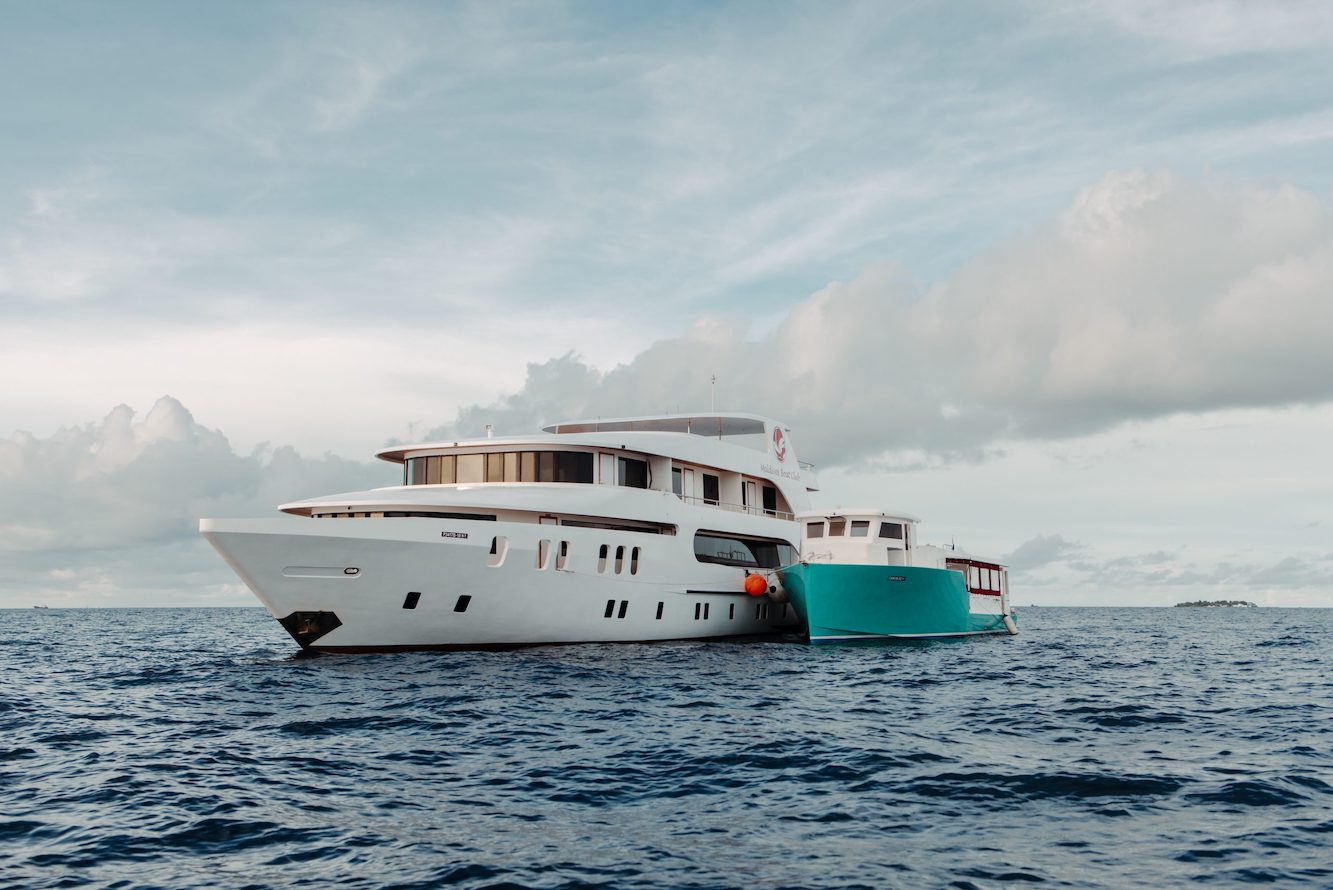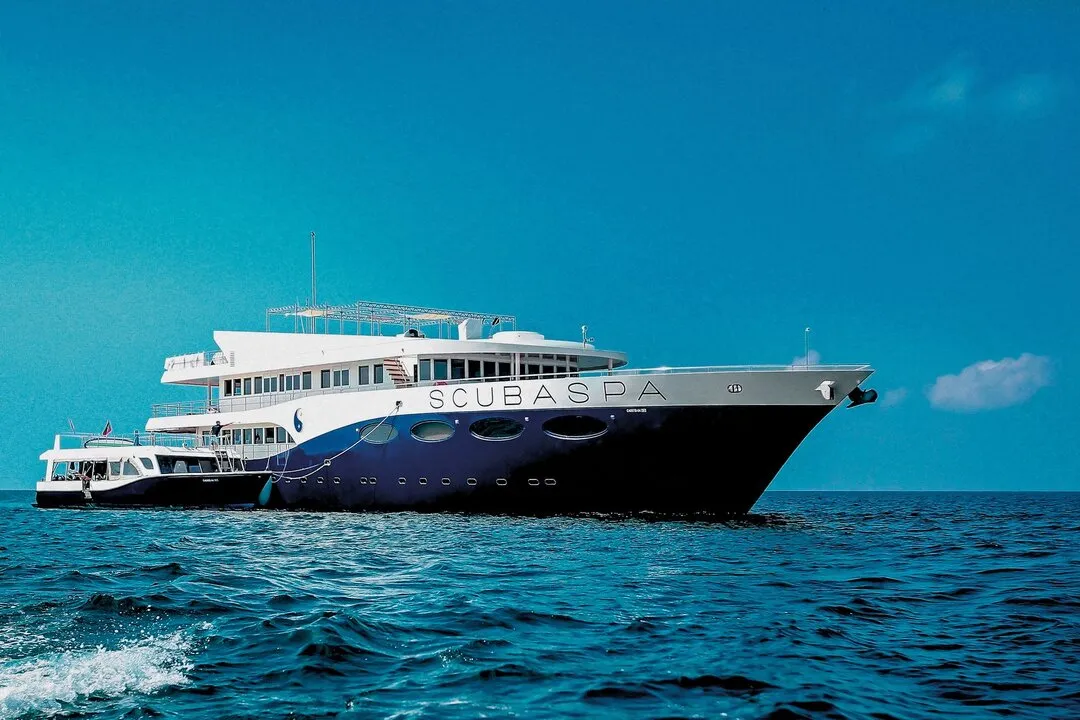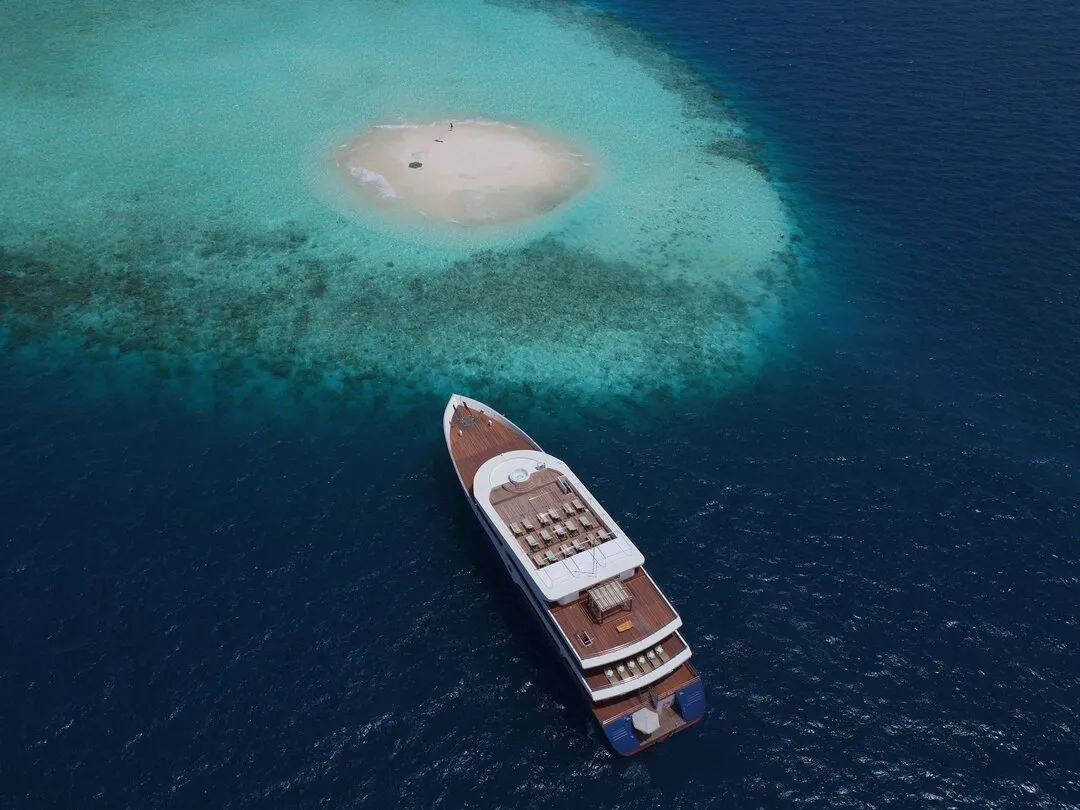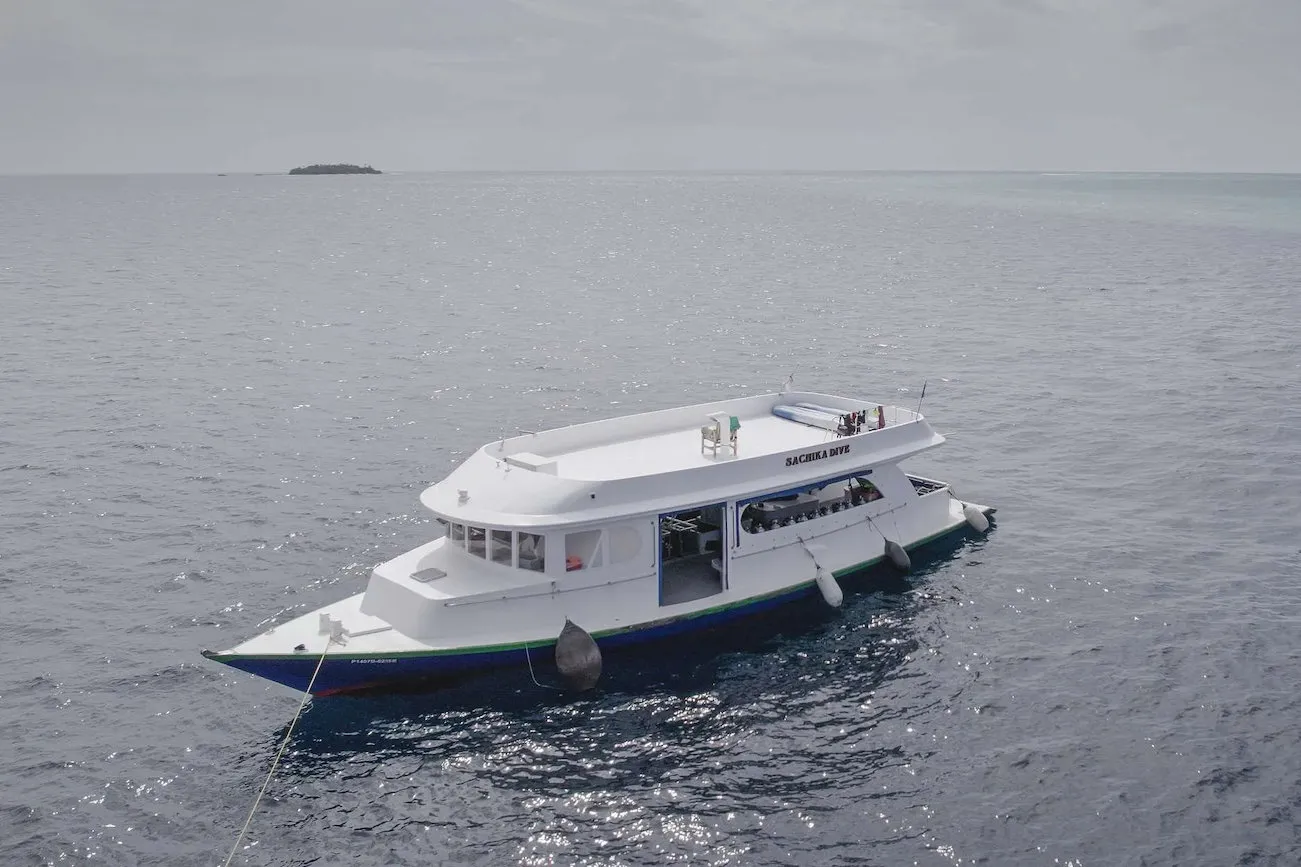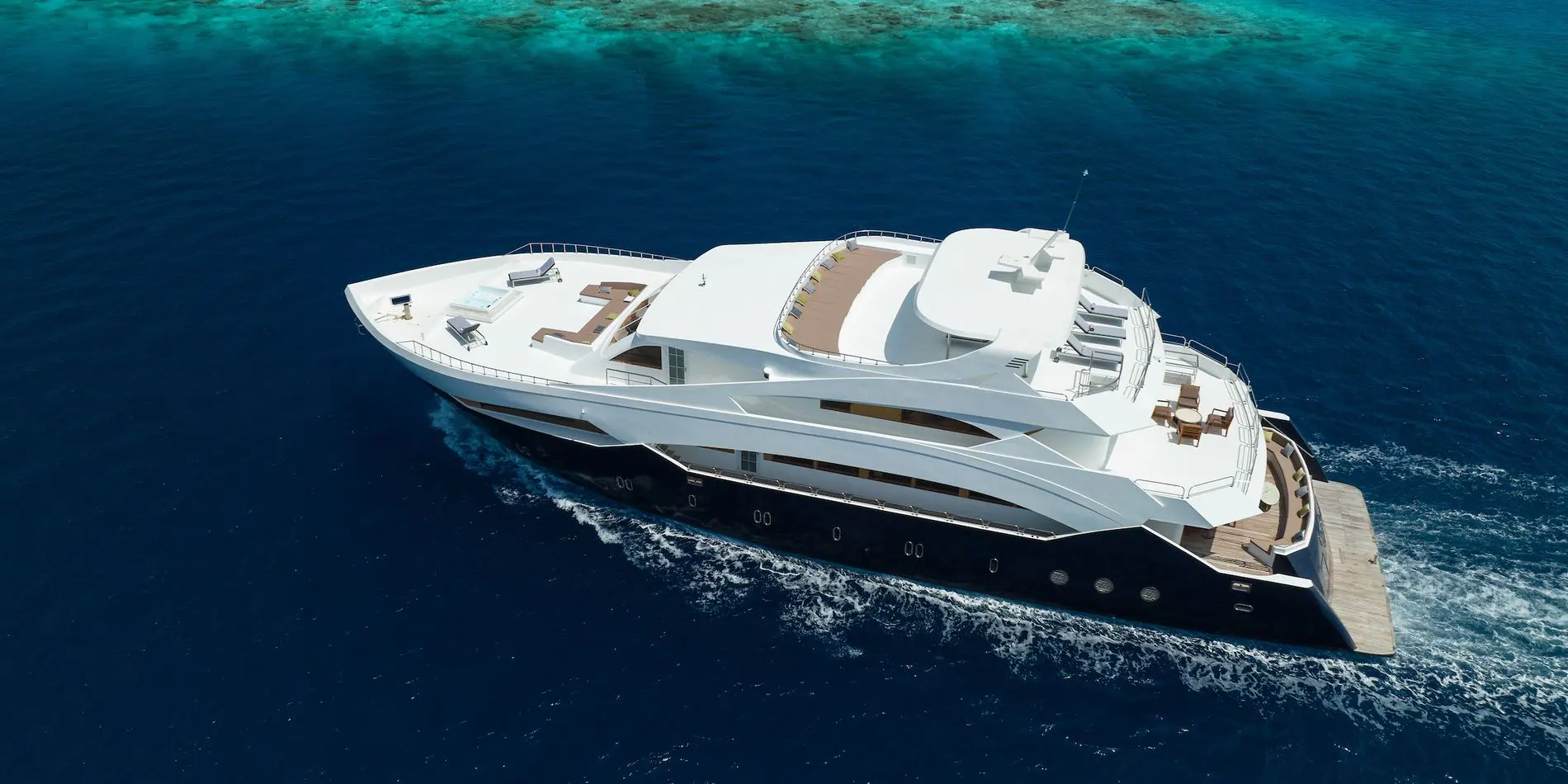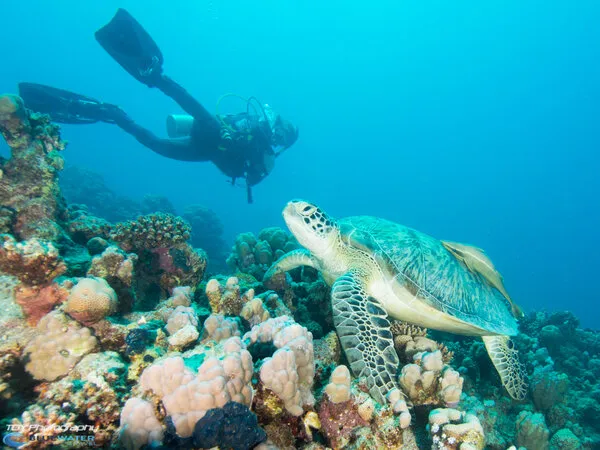Mauritius
Average flight time from LAX
22 hours
Scuba Dive Level
All Levels
Visibility
50 to 100 feet (15 to 30 meters)
80°F / 27°C
Average Water Temperature
Stunning Reefs & Corals
Shark Encounters
Scuba Diving In Mauritius
Mauritius Diving Highlights
Mauritius can generally be described as a macro-lovers paradise with some big animals in the mix. Compared to other Indian Ocean locales, the reefs might seem a little barren due to frequent cyclones and over-fishing. But the best parts of these reefs are the small stuff. Something remarkable awaits to be found in every crevice or coral overhang.
Intro to Mauritius
Mauritius was made first and then heaven; and heaven was copied after Mauritius Mark Twain (1896).
Its remote location in the Indian Ocean, white sand beaches, turquoise water, mountainous jungles and wonderful creatures in unexplored places, make Mauritius truly worthy of its title as "heaven on earth." The remote location led to the evolution of a diversity of endemic flora and fauna which makes Mauritius excellent for diving and hiking.
A diver discovers an octopus creeping across the wreck of the Djabeda, Coin de Mire, Mauritius
Diving Information
Mauritius Marine Life
The diversity of the reefs is great, just like in other parts of the Indian Ocean. You can expect to see endemic angelfish and butterfly fish, peacock flounder, parrotfish, nudibranchs, mantis shrimp, many species of morays, striped eel catfish, marlin, lionfish, turtles, stingrays, scorpionfish, trevally, octopus, gray reef sharks, and 200 species of coral in one dive! Hard and soft corals with unique shapes and colors are abundant.
Moray eel diversity is high in Mauritius. Often one sees multiple species in a dive.
Diving Conditions
- Water Temperatures: Ranges 21 C/70 F (November to April) to 30 C / 86 F (March to October). Generally, a 3 mm wetsuit is recommended, and possibly a 5 mm for winter months.
- Visibility: Excellent, often exceeds 40 metres/140 feet.
- Depth Range: 12 - 10m (39 - 33 ft)
Dive Sites
The best diving in Mauritius can be found in the north and east side of the country. Flic en Flac in the west offers some decent diving as well.
1. Coin de Mire - Possibly the best diving in Mauritius. Excellent visibility, with wall and wreck diving. Large pelagics such as marlin might also be spotted here.
The highlight here is the Djabeda wreck dive, which is completely covered in stunning pink soft coral. Octopus, scorpionfish, stonefish, lionfish, and many reef fish are common here. Other creatures that can be found here include Barracuda, dolphins, and stingrays.
2. Grand-Baie and Trou-aux-Biches - Grand-Baies the perfect place to start most dive trips. While nearby Trou-aux-Biches offers best macro critter diving. The various species of morays, peacock mantis shrimp, and schools of small striped eel catfish are common here.
3. Tamarin Bay - Many operators offer morning snorkeling tours with wild spinner dolphins that depart from Tamarin.
4. The Shark Pit - Strong currents and rough seas make it more suitable for advanced divers. Bull sharks, gray reef sharks, and silvertip reef sharks are frequently spotted.
5. Belle Mare - The best diving on the east side of the island. It is usually drift diving and more suitable for advanced divers. The main attractions here are pelagics and sharks.
How to Get There
It is easy to get to Mauritius from Europe or South Africa but might be a little harder from elsewhere. Most direct flights are from South Africa, France, England, and Germany. The only international airport on the island, Sir Seewoosagur Ramgoolam International Airport, is located an hour drive from the capital of Port Louis.
How To Dive Mauritius
There are a lot of all-inclusive resorts that offer diving in Mauritius. A cheaper option would be to rent through Airbnb or a local apartment. Most lodging options can be found in the north and west of the island. Dive gear rentals are available at most dive operators and you might get a discount if you bring your own gear. Diving is usually done in a group of two to seven divers led by one or two dive masters. English, French and German speakers can be accommodated by most dive shops.
Best Time To Dive
The visibility during summer (November - April) is usually great and the warm water brings a higher diversity of marine life. We recommend diving in Mauritius from October to December and March to April if you want to avoid cyclone season. But Mauritius is a year-round destination and the weather is not likely to affect your dive trip.
The water at Bain Boeuf is a maze of color. A clear view of Coin de Mire in the distance.
Topside & Non-Diving Activities
- Beaches and Watersports - The public beaches are excellent, but resorts will offer you some exclusivity. Water sports like stand-up paddle boarding, banana boats, kite surfing, diving, sailing, kayaking, fishing and more are also offered at these resorts.
- Hiking - Mauritius offers some of the best hiking in the Indo-Pacific with Le Pouce and Le Morne Brabant being 2 most popular hikes.
- The Outer Islands in the North - The most popular trips are to Flat Island and Gabriel Island.
- The South of Mauritius - The Black River Gorges National Park, the seven colored earth of Chamarel, and Ganga Talao (a Hindu holy site) are among Mauritiuss best topside attractions that can be found in the south.
Practical Information
- Currency: Mauritian Rupee (MUR)
- Languages: Mauritians speak Mauritian Creole and French fluently. Many also speak English and derivatives of Indian languages.
- Main Airport Code: MRU
- Time Zone: UTC+4
- Electricity: 230 V/50 Hz
- Transportation: Taxis are reasonably priced if booked beforehand, but a rental car might be a good idea for short stays. The public buses are recommended for longer stays.
Fellow traveler's reviews
Pascal dM
Reunion Island (Île de la Réunion) is a small French island in the south Indian Ocean, very close to Mauritius and not so far from Madagascar.It is mostly reknown for the beauty of its landscapes and ease for hiking. There is such a great number of well maintained hiking routes, going through very different landscapes. As a comparison, it is pretty similar to Hawaii, but all in one island !The island (roughly 50x70 km) can be divided in two parts, with the old volcano (3000 m) in the west covered with a lush green primary forest, and the active shield volcano (2500 m) in the east with lunar landscapes.Diving activities are mostly present on the west coast (and a little in the south). Conditions are overall good and easy for diving (not much current, temperature between 24 and 27°C, only high swell sometimes makes life a little harder). Life here is not as abudant as in Mayotte and other hotter waters of the Indian Ocean. You will encounter mainly coastal species not too far from the shore as depth increases very quickly. Most of the time I am looking for small critter : sea slugs, leaf scorpion fish, many beautiful crustaceans there, ghost pipefish if lucky... many different species of morays as well.Occasionally you will encounter humpback whales during migration (August until end of October). Whale sharks and hammer heads have been spotted on very few occasions as well. In recent years, there have been a number of Bull shark attacks but these animals have almost never been observed during diving...If you are looking specifically for a diving destination, clearly this is not the place. But if you are looking for a great trip overall on a paradisiac island with some easy diving, I would recommend without any second thought. Plus food is great !

DEALS & SPECIALS
Dive Into Our latest Mauritius Special Offers
All deals
RELATED ARTICLES
Stories Beneath The Waves
All articles

